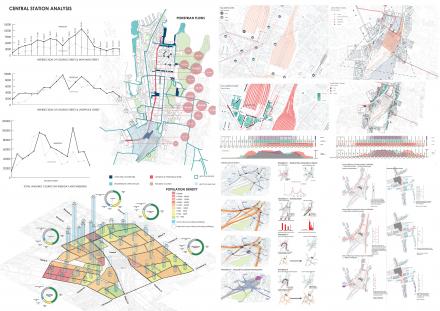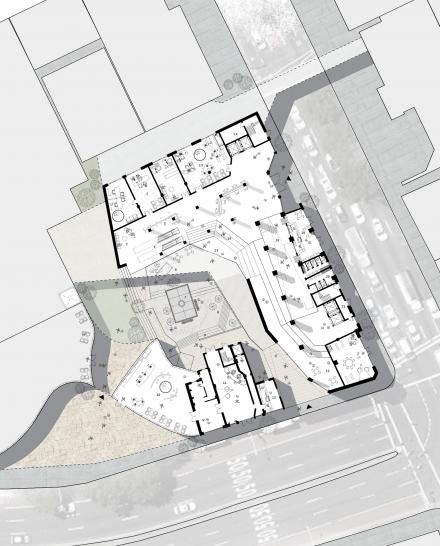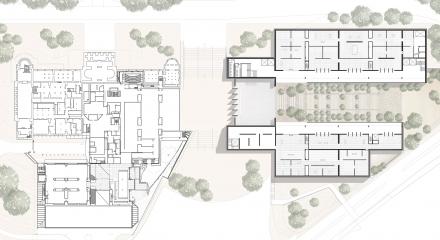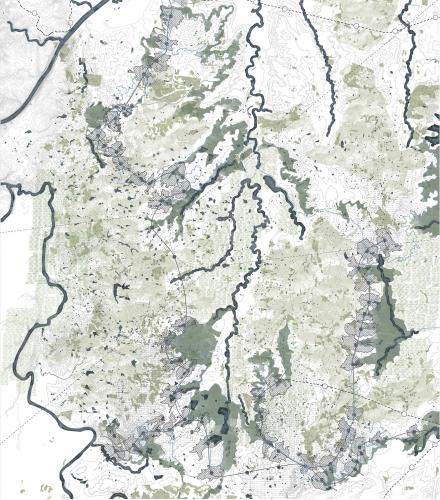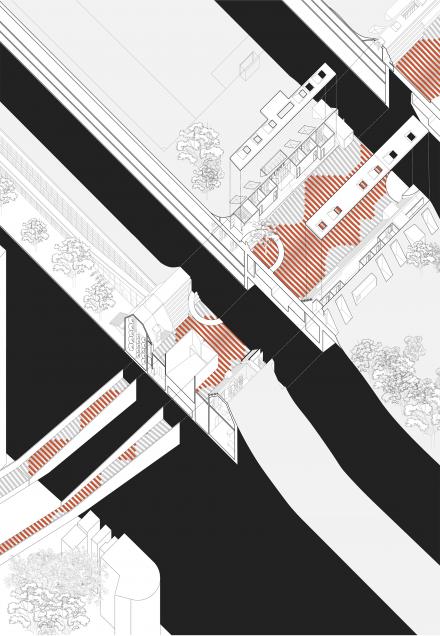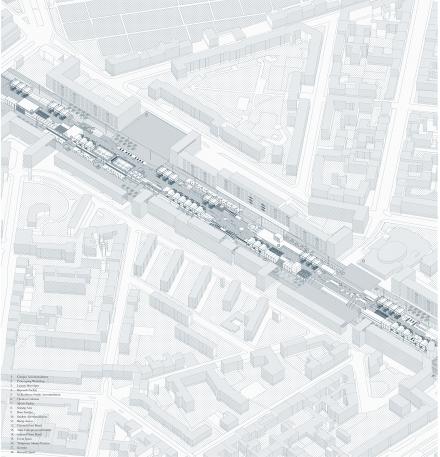‘Instant neighbourhoods’ – entire city districts built in a relatively short period of time, often in previously industrial areas – come to fill the void left by the same economic forces that produce other global flows of people, goods, capital and resources. Critics complain about their ‘generic’ appearance, the cookie-cutter character of the dozens of large, boxy buildings, often built by the same developer, whilst advocates maintain that they reduce pressures on housing affordability and moderate demand for new land releases on ever-more-distant suburban fringes. In this situation, architects end up taking a political stance by omission rather than design, even if they passionately deny it or claim unawareness. To embrace a de-facto economic determinism is a political stance in itself.
The Instant Cities studio didn’t pretend to impose a uniform position among students. Instead, it exposed students to the widest scope of ideological agendas that their future clients might align with. The studio reproduced the tensions and conflicts of current practices of re-territorialisation, dispossession and displacement, which are the consequence of the unconditional submission to neoliberal global indexes and league tables.





